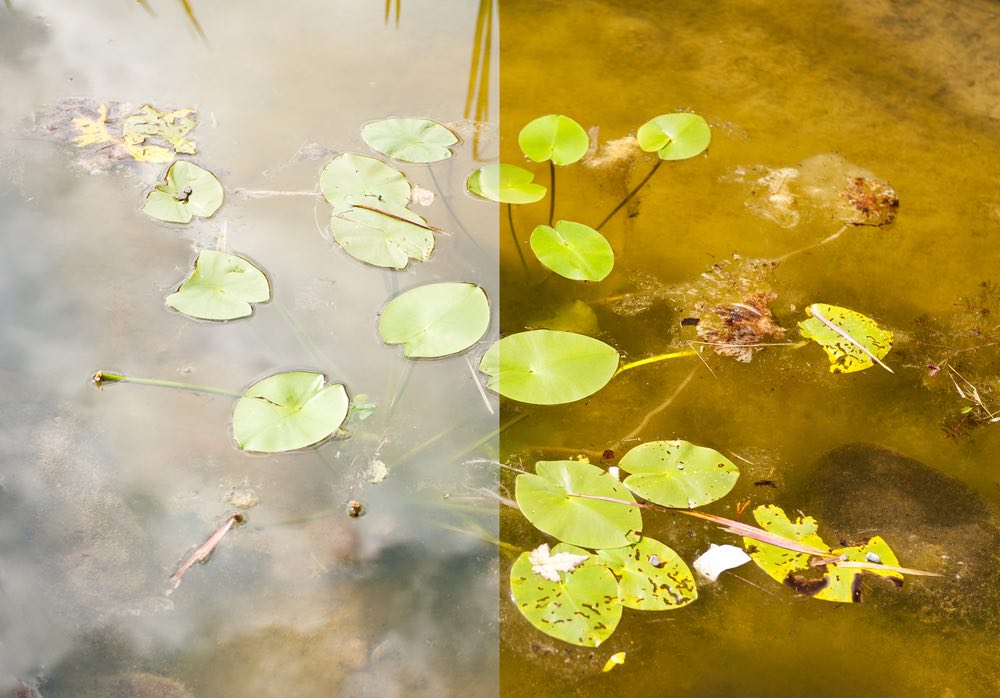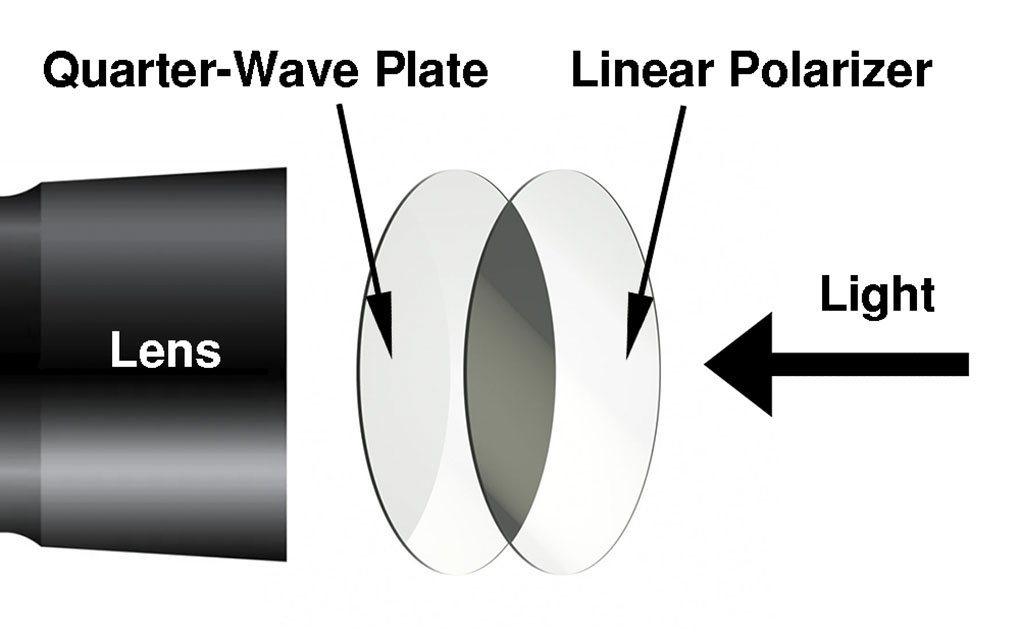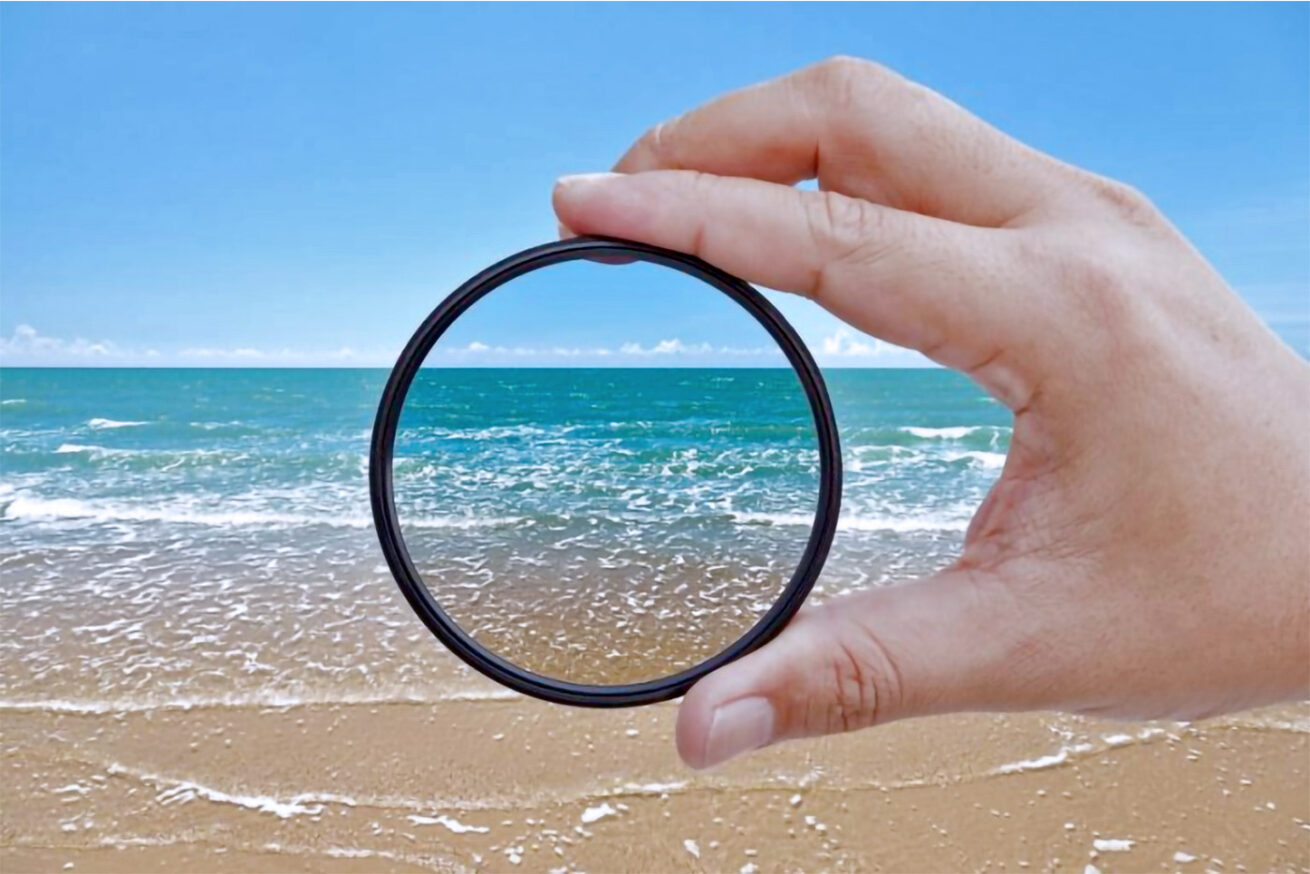What is a CPL Filter ( circular polarizing lens filter )? How do you use it? The short answer is it’s like putting a pair of sunglasses on your camera. Colors pop. The sky becomes a bluer blue. Reflections that might lead to blown-out highlights melt away with a circular polarizing lens on the front of your camera.
A circular polarizer is designed to do one thing: remove or control reflections from surfaces like water, glass, paint, leaves, sky, buildings, streets, and the list goes on. When light hits those surfaces they create glare that increases highlights, reduces color and detail.
This makes the circular polarizing lens filter an essential item in your camera bag. Deploying the CPL filter to the maximum advantage of the camera sensor is a little complicated but worth learning.
In this article, we look into just what the CPL filter does and how to make the polarization effect work for you. We’ll also post some photographs that show the results of using this valuable tool. And we’ll offer some tips for buying a CPL filter.
How Does a CPL Filter Work?
Digital photography sent many conventional filters into disuse. This is because modern photography software such as Photoshop and Lightroom copy their effects, especially color filters. And in some cases, photographers achieve an improved effect with a greater degree of control.
However, the circular polarizing lens filter occupies a special place in photography. Its effects are not so easy to replicate. These include color saturation, specifically the blues in the sky and the greens in the foliage. And in particular, reflections and glare from water, glass, or plastic resist post-production efforts.
The images below demonstrate the effects of polarization. The image on the left is unpolarized, while the image on the right is polarized

The CPL filter reduces some types of light in such a manner that enhances a photograph. It cuts atmospheric haze and enhances the general contrast of a photo.

For a more detailed explanation of the circular polarizing filter, follow this link to Science World.
Circular or Linear
A circular polarizer filter takes its name from the manner in which it polarizes the light, not from the fact that its physical shape is round. It either blocks or allows circularly polarized light according to how the filter is oriented.
A linear polarizer passes either vertically or horizontally polarized light, again depending on how the filter is oriented.
However, a linear polarizer can create metering errors and autofocus glitches with modern DSLR or mirrorless cameras. So we will limit our discussion to the circular polarizer.
What is a CPL Filter?
Essentially, a CPL filter is a linear polarizing filter with a second optical element.
As the diagram shows, these two optical elements work together. The outer piece of glass, the element that you rotate, is a linear polarizing filter.
Between that and the camera lens lies a second glass element called a quarter-wave plate. This part attaches to the lens with screw threads.

The photographer increases or decreases the polarizing effect by rotating the linear polarizer filter.
This takes a little practice. The outer ring rotates continuously, in either direction, with no clicks and no 0-10 scale. But some brands include an arrow or other marker at the point of maximum impact on incoming light and the resulting image.
As you view the image quality through the viewfinder or LCD screen, the contrast and saturation of the image change as you rotate the outer ring.
To continue reading the full article and see “How to use the CPL filter” and to “Choose the Right CPL filter for Your Purpose”. Visit the link below to see the full article on photography course.net.

What is a CPL Filter and How to Use It

